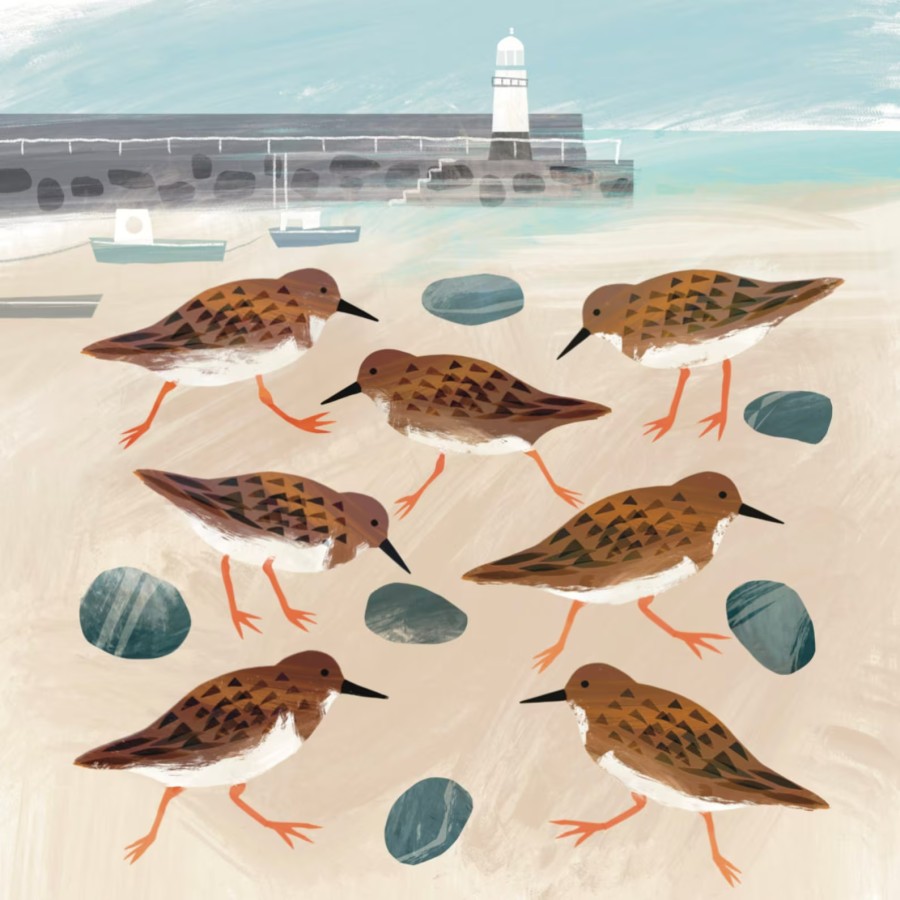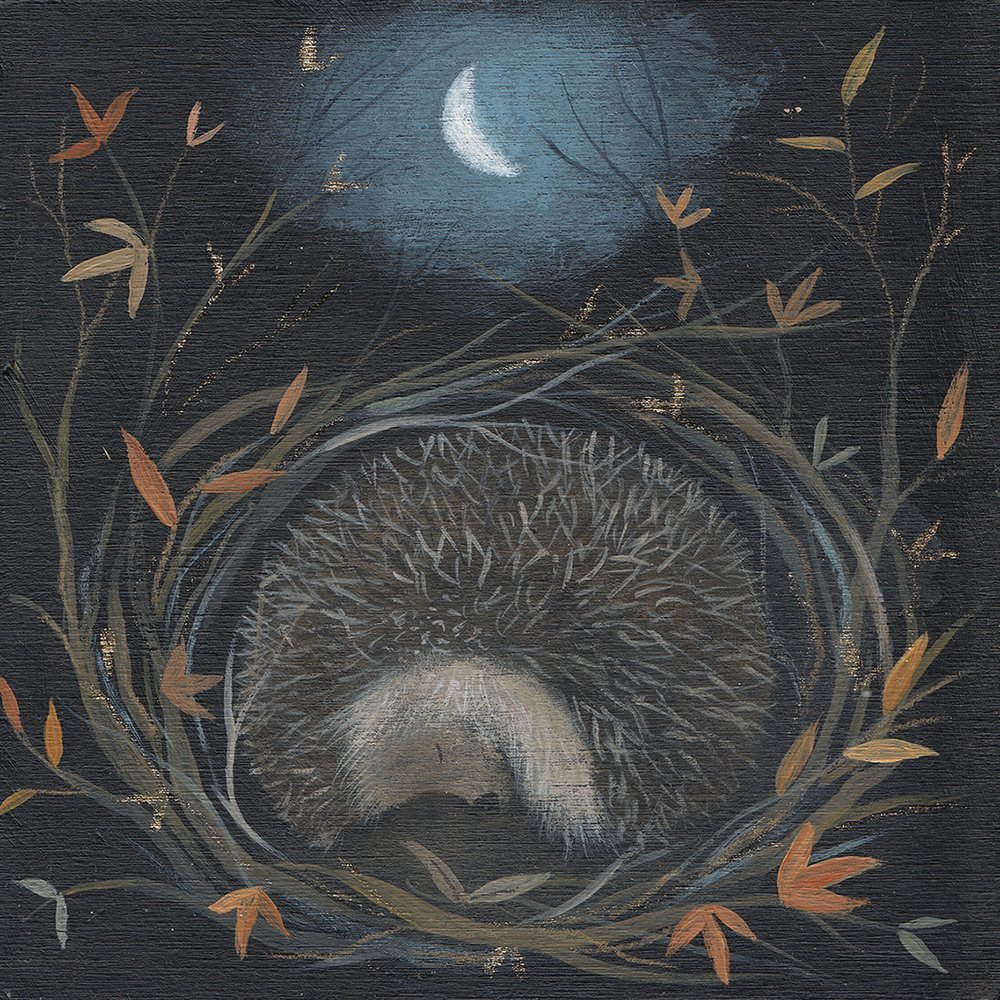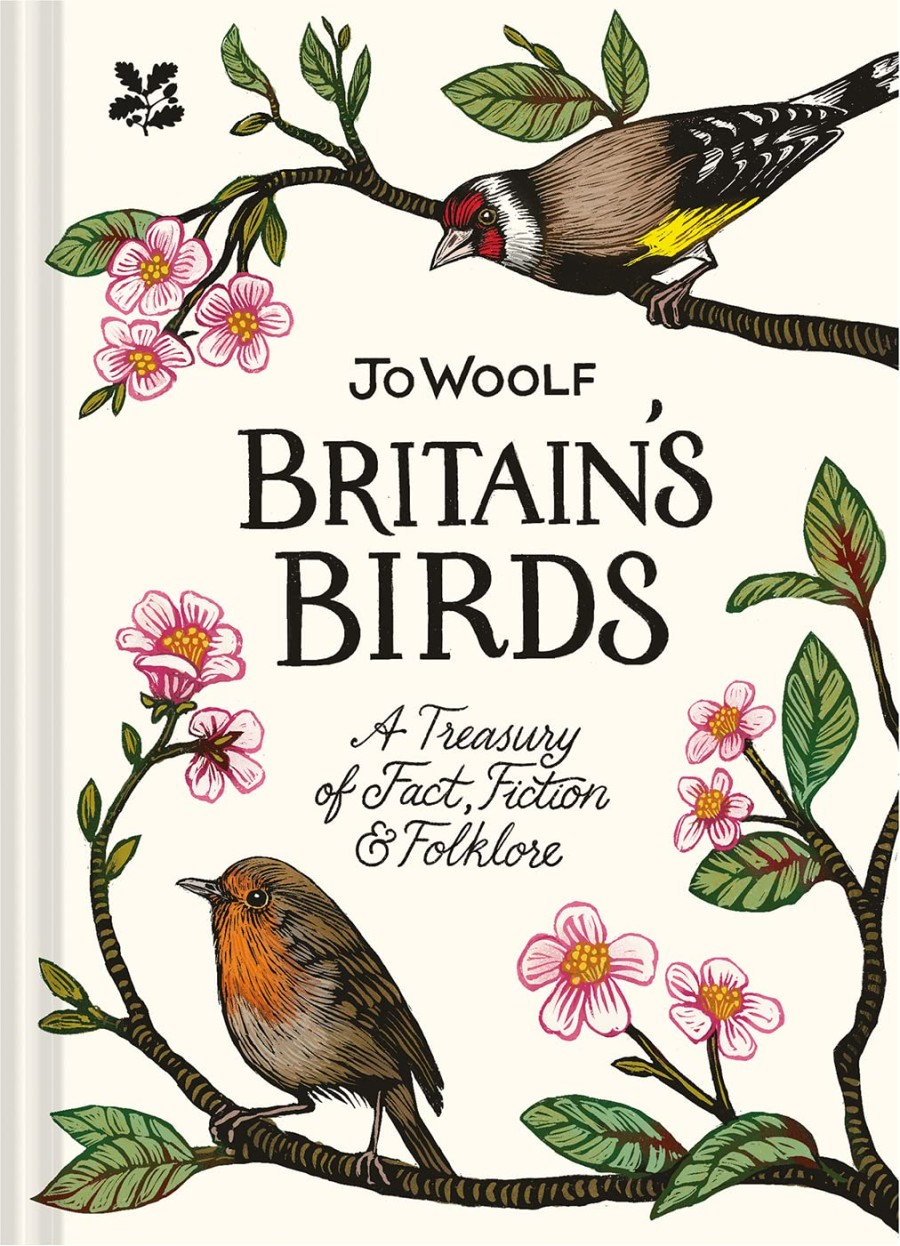Turnstones (strongmen of the coastal birds!)
Turnstones are medium-sized sandpipers, often found around rocky shores and gravel beaches. Named after their habit of ‘flipping’ large stones to find food. They are so strong, they can even lift big stones as heavy as them.
Keep at least 50 metres away from coastal birds (flying away wastes energy that could be spent feeding (they need extra space at high tide). Keep dogs away: disturbing nests can lead to abandoned chicks.
They are not native to England, but migrate here at different times. So can be seen throughout the year, depending on whether they have flown from Europe (spring/summer) or Canada/Greenland (early summer or autumn).
Turnstones have beautiful chequered black/chestnut patterns on their backs, with white patches elsewhere. But in winter, they change colour to dark brown with black patterns, retaining white bellies and chins.
Common sandpipers have green-brown backs (rock sandpipers have longer legs than turnstones, and much lighter plumage).
These birds eat a wide variety of food, and have been even known to eat discarded chips, washed up bodies and artificial sweeteners.
So it’s really important to take beach litter with you, as this is a species at risk of eating harmful items left behind (like plastic waste or cigarette butts), believing them to be food for chicks.
Preserving Habitats for Coastal Birds
England’s coastal birds claim a mix of habitats:
- Mudflats: Feast grounds for sandpipers and whimbrels at low tide.
- Rocky shores: Perfect for turnstones to hunt amongst crevices.
- Estuaries: Sheltered feeding spots where many birds gather in flocks.
- Sandy beaches: The ideal racetrack for sanderlings.
Migration is key for many coastal species. Some arrive in spring to breed, while others pass through on journeys between the Arctic and Africa. As tides and seasons shift, so do bird numbers.
Coastal birds face tough times. Their homes are shrinking due to building, pollution, and rising sea levels. Plastic waste and oil spills also threaten their food and safety.
But there is hope. Local wildlife trusts work to protect and restore vital habitats. They take part in volunteer beach cleans, and help communities care for coastal birds, with legal protection and careful town planning.
Top spots for coastal birdwatching:
Take care to avoid high tides and quicksands.
- Snettisham, Norfolk: Breath-taking flocks of waders over the Wash
- Spurn Point, Yorkshire: A migration hotspot, for all species.
- Farne Islands, Northumberland: Cormorants, terns, and puffins.
- Dungeness, Kent: A unique shingle headland rich with birdlife.
- Morecambe Bay, Lancashire: Vast sands attract huge waders.
It’s important not to disturb birds. RSPB Puffin Binoculars are designed for children (only cost around £30) and are small and lightweight, so pretty good for most adults too.







